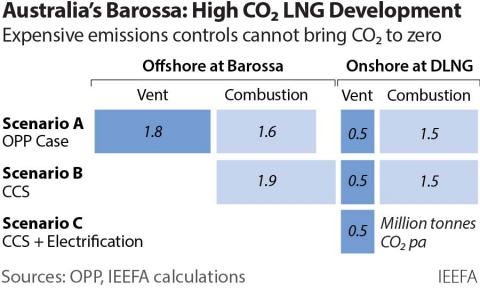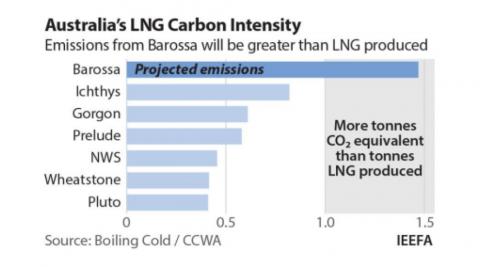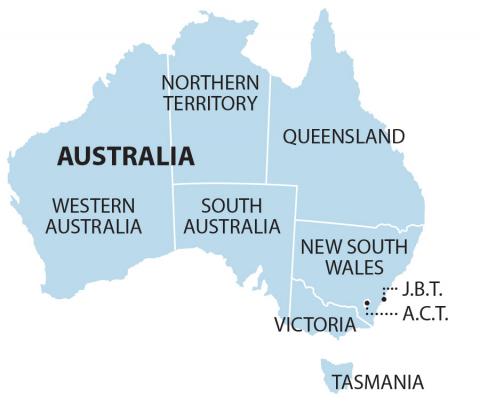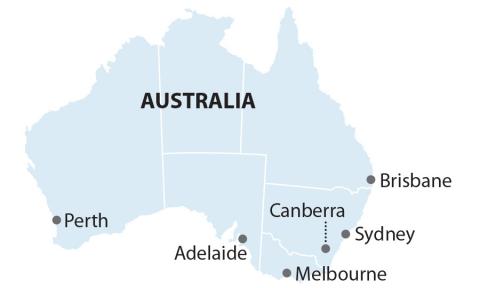Santos' proposed new Darwin Harbour pipeline for Barossa gas remains problematic
Download Full Report
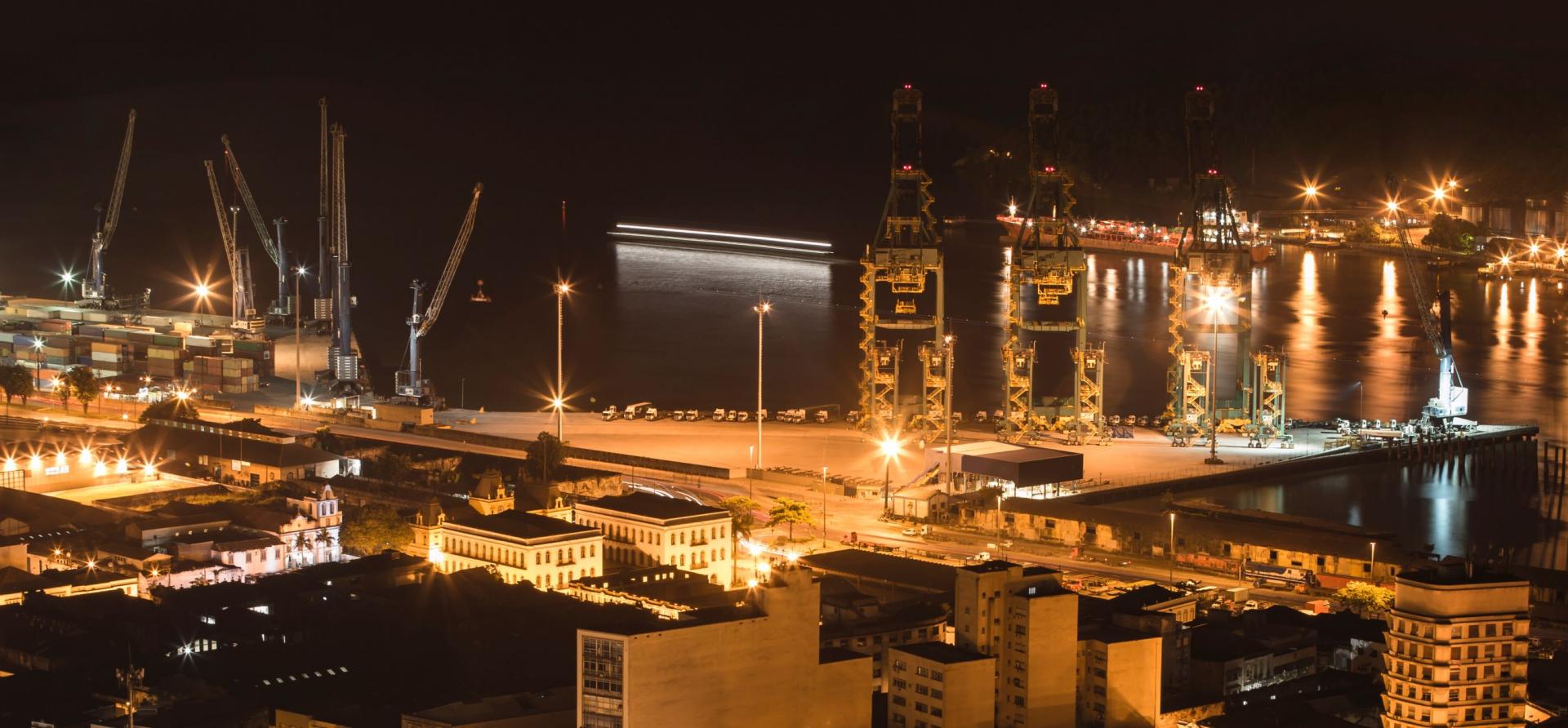
Key Findings
Adding CCS to the Barossa development, in the way Santos apparently favours, would bring little or no reduction in emissions while adding substantial cost, delays and risk.
In the approval process for the Barossa project, the offshore and onshore LNG processing efforts are being assessed separately by Federal and Territory authorities, providing an incomplete picture as to the true emissions intensity of the project.
Approval for commencement of work on the Barossa project should be suspended until a complete review of this apparently now fundamentally changed project is given approval.
The emissions profile of Santos's preliminary plans for a carbon capture and storage (CCS) project for its emissions-intensive Barossa gas field demonstrates the project will still release the same amount of carbon dioxide emissions, with or without CCS.
Executive Summary
This brief note is to update a report on Santos’ Barossa to LNG project which was published by IEEFA in October 2021.
At that time, Santos was intending to reduce the high emissions of its Barossa gas found some 300kms north of Darwin in the Northern Territory, Australia, by injecting captured carbon dioxide (CO2) into its nearly depleted Bayu-Undan (B-U) gas field in the Timor Sea.
Since then, it has been hard to get a fix on exactly what Santos is intending to do with this project, parts of which are already under construction (the Floating Production Storage and Offloading (FPSO) vessel in South Korea).
Santos now has an application for approval for a new Darwin Harbour pipeline for its Barossa gas – potentially enabling a carbon capture and storage (CCS) scheme in an attempt to reduce the very high emissions from the development.
But uniquely, despite the new application, Santos’ project would still actually produce more carbon dioxide emissions offshore and onshore than its production of liquefied natural gas (LNG) – even with CCS implemented successfully – making it one of the more expensive and dirtiest gas projects in the world.
Australia’s project approvals system doesn’t help, being based on the old colonial principle of ‘divide and rule’. The independent regulator, the National Offshore Petroleum Safety and Environmental Management Authority (NOPSEMA) which is based in Perth, WA is tasked with approving the offshore parts of an oil and gas project, and in this case, the Northern Territory Environment Protection Authority (NT EPA) based in Darwin would approve the onshore and near-shore facilities.
Assessing the offshore and onshore LNG processing parts of the project separately gives an incomplete picture as to the true emissions intensity of the whole Barossa project. Australia needs a comprehensive account of what a project developer wants to construct and operate on its lands and sea, particularly when the developer is exploiting domestic resources.
IEEFA suggests approval for commencement of work on the Barossa project should be suspended until a complete review of this apparently now fundamentally changed project is given approval.
Global LNG buyers also are increasingly interested in certification of the Green House Gas (CO2e) emissions intensity of the cargoes they are going to receive – and the integrity of the certifying authority.

